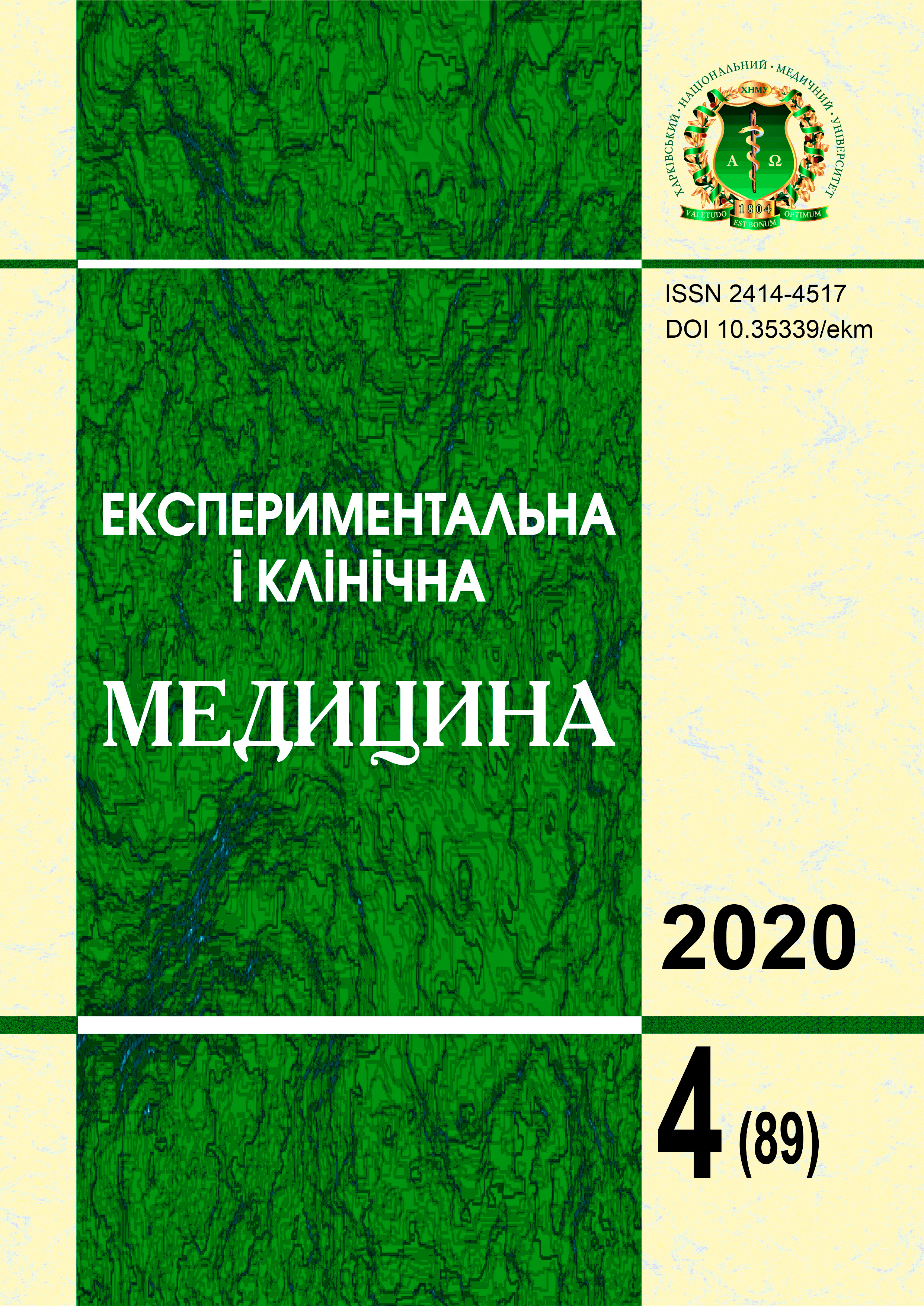Abstract
The results of the study of acid-releasing renal function of rats with alloxan-induced experimental diabetes mellitus (EDM) of different duration allow the conclusion that the renal mechanisms of acid release in EDM function in an active adaptive mode with the involvement of maximal reserve potential in response to hyperglycemia-induced metabolic processes, accentuating the exceptional role of the kidneys in maintaining acid-base balance in diabetes mellitus. The initial stages of alloxan-induced EDM are accompanied by the extrarenal intensification of acid release, associated with enhanced inflow of non-volatile acids to the ultrafiltrate due to metabolic processes inherent to diabetes. Overload of compensatory-functional mechanisms of acid excretion leads to initiation of tubular maladaptation processes in the kidneys, which are manifested by functional insufficiency of sodium-hydrogen antitransport and sodium-dependent mechanisms of urine acidification with subsequent violation of proximal and distal acidification mechanisms, disruption of the compensatory capacity of the kidneys to regulate the acid-base status of the body.
Keywords: experimental diabetes mellitus, alloxan, acid-releasing renal function.
References
Shestakova M.V. (2010). Rol tkanevoy renin-angiotenzin-aldosteronovoy sistemy v razvitii metabolicheskogo sindroma, sakharnogo diabeta i ego sosudistykh oslozhneniy [The role of the tissue renin-angiotensin-aldosterone system in the development of metabolic syndrome, diabetes mellitus and its vascular complications]. Sakharnyy diabet – Diabetes Mellitus, vol. 13, issue 3, pp.14–19, DOI: 10.14341/2072-0351-5481[in Russian].
Kryshtal M.V., Hozhenko A.I., Sirman V.M. (2020). Patofiziolohiia nyrok [Pathophysiology of the kidneys]. Odesa: Feniks, 144p. [in Ukrainian].
Natochin Yu.V. (1982). Osnovy fiziologii pochki [Fundamentals of Kidney Physiology]. L.: Meditsina, 208p. [in Russian].
Weiner D.I., Verlander J.W. (2013). Renal Ammonia Metabolism and Transport. Compr Physiol., vol.3 (1), pp. 201–220, DOI:10.1002/cphy.c120010.
Ivaniushko O.V. (2016). Vplyv alteratsii homeostazu hliukozy na vodno-elektrolitnyi balans ta kyslotno-osnovnyi stan u patsiientiv iz tsukrovym diabetom [Influence of glucose homeostasis alteration on the electrolyte and acid-base balance in patients with diabetes mellitus]. Meditsina neotlozhnykh sostoyaniy – Emergency medicine, vol. 8 (79), pp. 16–26, DOI: 10.22141/2224-0586.8.79.2016.90369. [in Ukrainian].
Kayukov I.G., Dobronravov V.A., Kucher A.G. et al. (2013). Pochechnye tubulyarnye atsidozі v praktike «vzroslogo» nefrologa. Soobshchenie І. Rol pochek v regulyatsii kislotno-osnovnogo gomeostaza [Renal tubular acidosis in practice of «adult» nephrologist. Communication I. Kidneys role in acid base homeostasis regulation]. Nefrologiya – Nephrology, vol. 17 (1), pp. 20–41 [in Russian].
Mahalias V.M., Mikhieiev A.O., Rohovyi Yu.Ye. et al. (2001). Suchasni metodyky eksperymentalnykh ta klinichnykh doslidzhen tsentralnoyi naukovo-doslidnoyi laboratoriyi Bukovynskoyi derzhavnoyi medychnoyi akademiyi [Modern methods of experimental and clinical studies of the central research laboratory of Bukovinian State Medical Academy]. Chernіvtsі: Bukovinska derzhavna medichna akademіya, 42p. [in Ukrainian].
Shyuk O. (1981). Funktsionalnoe issledovanie pochek [Examination of kidney function]. Praga: Avitsenum, 344p. [in Russian].
Rebrova O.Yu. (2002). Statisticheskiy analiz meditsinskikh dannykh. Primenenie paketa prikladnykh programm STATISTICA [Statistical analysis of medical data. Application of the STATISTICA software package]. M.: MediaSfera, 312p. [in Russian].
Boychuk T.M., Olenovych O.A., Gozhenko A.I. (2016). Peculiarities of ionoregulatory renal function disorder in case of diabetes mellitus. Pharmacologyonline, vol. 3, pp.1–5.
Boychuk T.M., Olenovych O.A., Gozhenko A.I. (2018). Peculiarities of excretory renal function in the early period of alloxan-induced experimental diabetes. Visnyk morskoi medytsyny – Herald of Marine Medicine, vol. 3 (80), pp.102–109, DOI: 10.5281/zenodo.1450849.
Weiner D.I., Verlander J.W. (2019). Emerging Features of Ammonia Metabolism and Transport in Acid-Base Balance. Semin Nephrol., vol. 39 (4), pp.394–405, DOI:10.1016/j.semnephrol.2019.04.008.
Brown D., Carsten A., Wagner C.A. (2012). Molecular Mechanisms of Acid-Base Sensing by the Kidney. J Am Soc Nephrol., vol. 23, pp.774–780, DOI: 10.1681/ASN.2012010029.
Kryshtal M.V. (2003). Vplyv khronichnoho atsydozu na bilkovyi obmin [Effects of chronic acidosis on protein metabolism]. Fiziolohichnyi zhurnal – Physiological Journal, vol. 49 (3), pp.58–62 [in Ukrainian].

